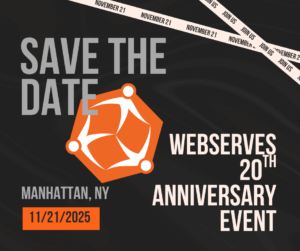Hello, and welcome back to our cybersecurity awareness series!
This week, we’re focusing on a critical aspect of online safety: social engineering. Cybercriminals use social engineering tactics to manipulate individuals into divulging confidential information or performing actions that compromise security. It’s like a digital con game, and recognizing it is crucial to protecting yourself online.
Understanding Social Engineering
Social engineering involves exploiting human psychology rather than technical hacking techniques. By preying on emotions such as fear, curiosity, or greed, cybercriminals can trick you into revealing sensitive information or performing actions that compromise your security.
Common Social Engineering Techniques
Here are some prevalent social engineering tactics to be aware of:
- Pretexting: In this scenario, scammers create a fabricated story or pretext to gain your trust and extract information. For example, they might pose as a bank representative needing to verify your account details. Pretexting is the most common social engineering technique, here is a video where you can understand better how it works:
- Baiting: Cybercriminals offer something enticing, like free downloads, money, or gift cards, to lure you into giving up sensitive information. This can often involve infected USB drives left in public places or fraudulent online offers.
- Phishing: As we discussed last week, phishing emails are a form of social engineering aimed at tricking you into revealing personal or financial information. These emails often look like they come from legitimate sources and create a sense of urgency to act quickly.
- Spear Phishing: This is a more targeted form of phishing where attackers customize their messages to a specific individual or organization, often using personal information to make the deception more convincing.
- Tailgating: In physical settings, attackers follow authorized personnel into restricted areas by exploiting their courtesy. This can lead to unauthorized access to secure locations or systems.
Tips to Protect Yourself
Here are some tips to help you guard against social engineering attacks:

Join the Conversation
We want this blog to be interactive and informative. Please don’t hesitate to reach out with any questions or topics you’d like us to cover in future posts. Your engagement is key to making our cybersecurity community stronger and more resilient.
What’s Next?
Stay tuned for more cybersecurity insights and practical advice in the coming weeks. We’ll delve deeper into specific topics, provide actionable tips, and address common cybersecurity concerns.
Previous:
Part 1: Introduction to Cybersecurity
Part 2: Mastering Password Security
Part 3: Recognizing Phishing Emails




